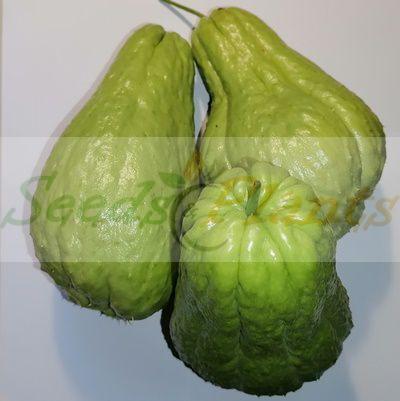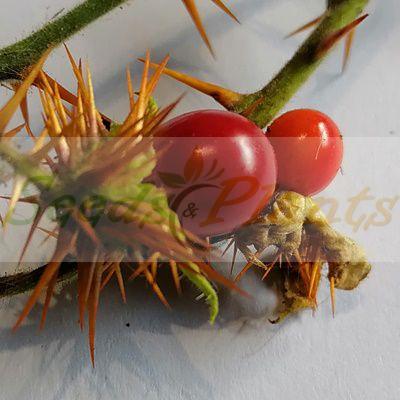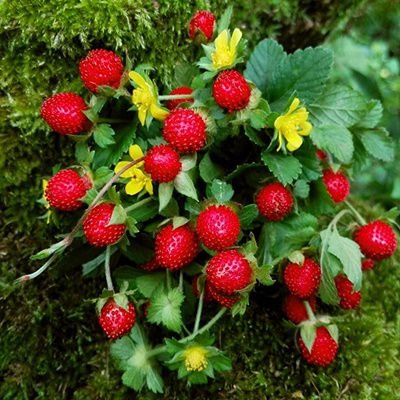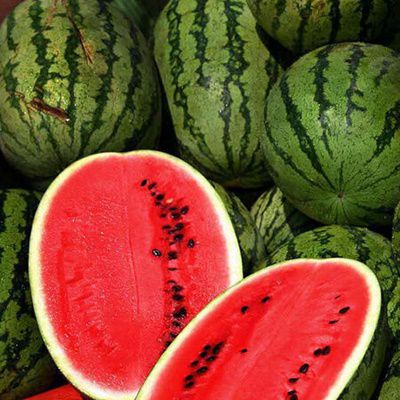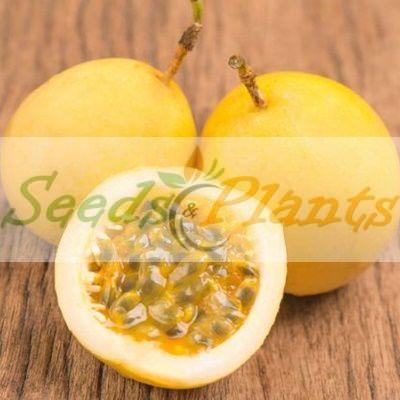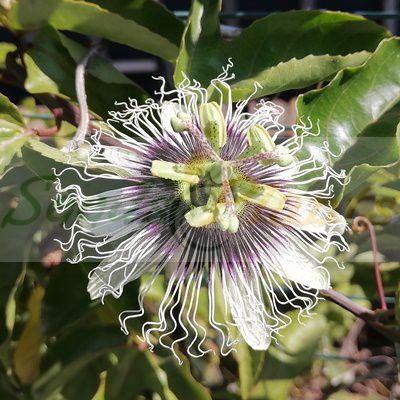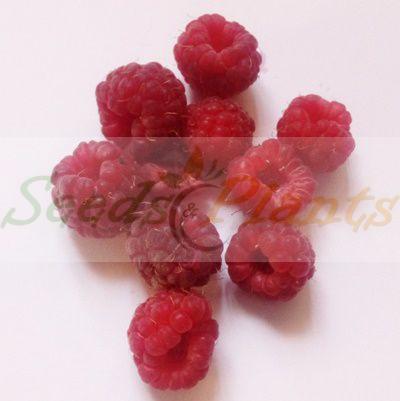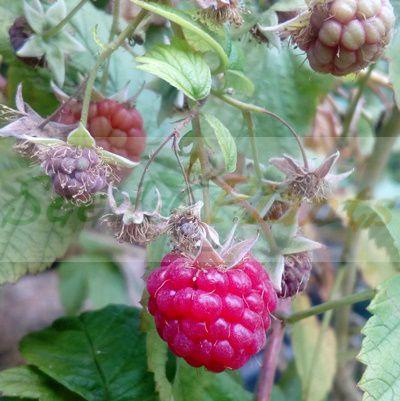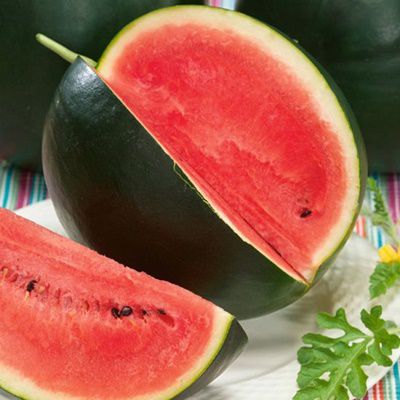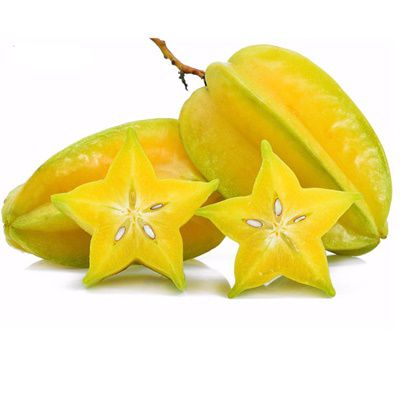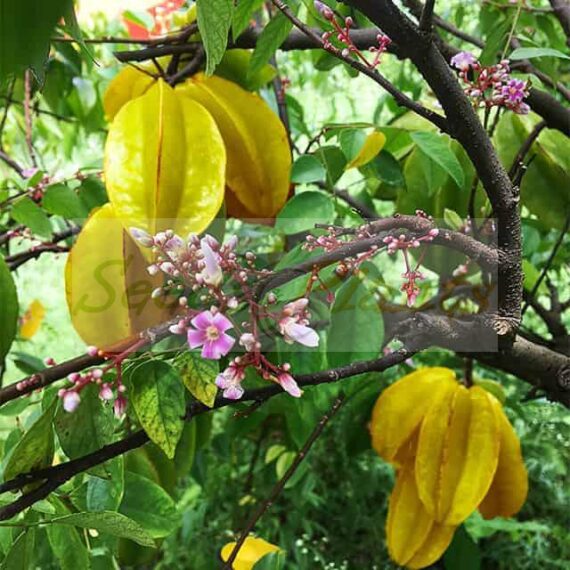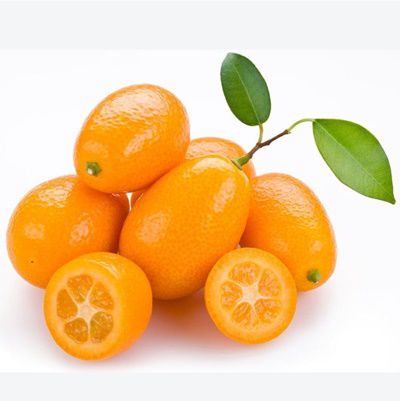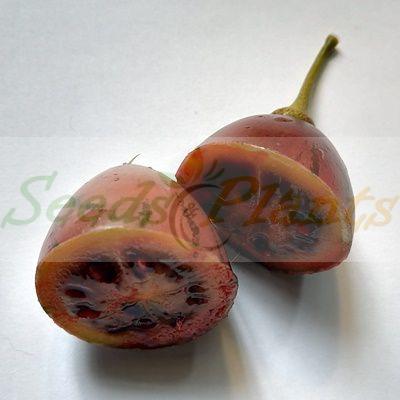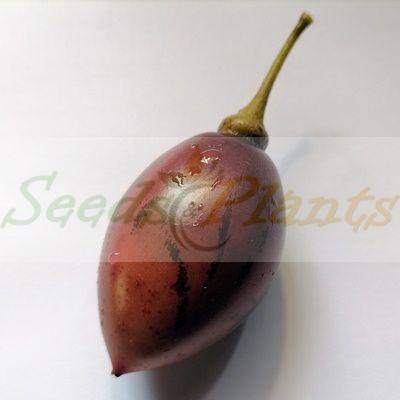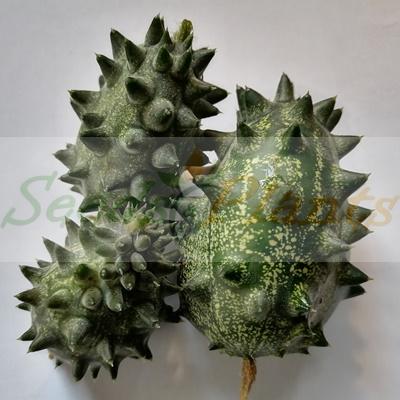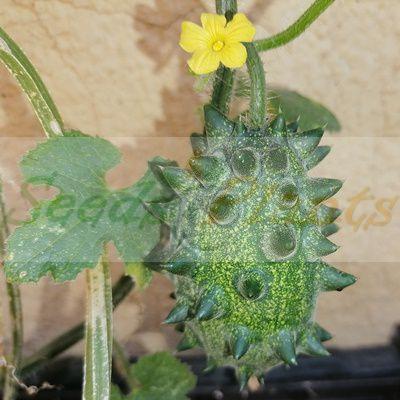Mock Strawberry – 10 Seeds
(Potentilla indica)
R30.00
Common Names: mock strawberry, false strawberry, Indian strawberry, snake berry, she mei, and Indian mock strawberry.
Out of stock
Email me when the product is back in stock.
Originally Fragaria indica, then changed to Duchesnea indica, Mock Strawberry is now classified as Potentilla indica because it is most closely related to potentilla plants. It is native to Asia, particularly Afghanistan to Russian Far East.
Common Names: mock strawberry, false strawberry, Indian strawberry, snake berry, she mei, and Indian mock strawberry.
The plant is often confused with wild strawberry. They have similar leaves and fruits, but mock strawberry produces yellow flowers while wild strawberries have white flowers. Unlike wild strawberry, mock strawberry fruit points up, away from the ground, making the fruit highly visible.
It is a ground-hugging perennial plant that spreads via runners. Red-burgundy fruit emerges in summer and autumn. The plant is attractive to use in container gardens. The fruit and leaves are considered edible and medicinal. The fruit contains elements such as vitamin C, protein, phosphorus, potassium, calcium, magnesium, and iron. The leaves also area edible as a pot herb.
Growing Mock Strawberry
Indoor Sowing: Cold Stratification and then transplant seedlings in Spring.
Direct Sowing: Winter.
- Seeds need to be cold treated to encourage germination.
- Simply wrap your seeds, put them in an airtight container, and place them in a freezer.
- This simulates winter conditions, and the warming period lets the seed know it is time to come to life.
- After keeping the strawberry seeds below freezing for two to four weeks, remove the seeds from the freezer.
- Leave them in the jar or container as they gradually warm up to room temperature.
- Once your strawberry seeds are at room temperature they are ready to be planted.
- A good mix for starting strawberry seeds is 3 parts peat to 1 part organic-rich soil.
- Spread this out in your seed tray to a depth of about one half of an inch.
- Moisten the mixture with water until it is uniformly damp. Sprinkle your strawberry seeds over the damp mixture and then cover the seeds with a very thin dusting of peat moss.
- Ensure that the strawberry seeds are not completely covered and are exposed to light.
- Keep them indoors in a well-lighted room and in direct sunlight, if possible. In two to three weeks, the strawberry seeds should germinate.
- If the strawberry seeds sprout too close to each other, thin them when they are between 1 and 2 inches tall, keeping the biggest and most vigorous seedlings.
- Gently transfer the strawberry seedlings to larger containers or pots after they gain their 3rd leaves.
Medical Disclaimer
Information is for educational and informational purposes only and may not be construed as medical advice. The information is not intended to replace medical advice or treatment offered by healthcare professionals.
Related products
(Potentilla indica)


